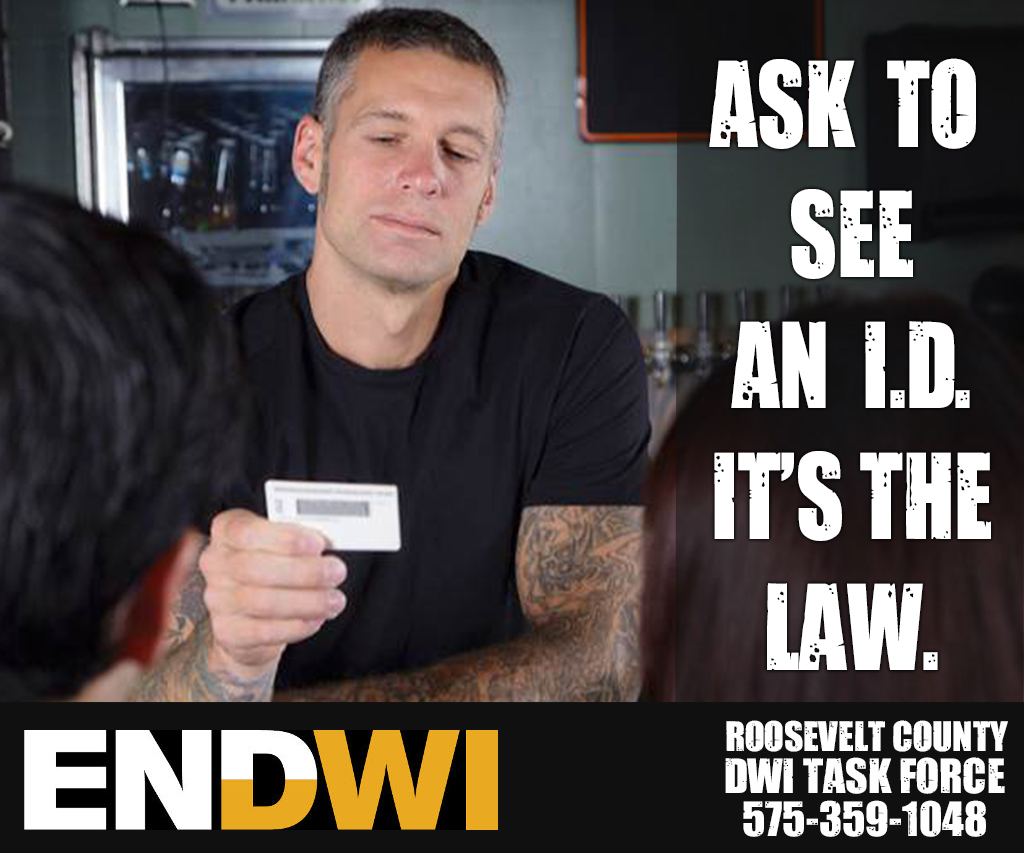Most people have heard of the word sympathy. Simply put, sympathy is when we have common feelings of sadness or pity for and with someone else. Empathy has similar beginnings as sympathy, but it’s quite different. While sympathy suggests that you share the feelings of someone else because of a similar experience, empathy implies that you have the capacity to imagine the feelings someone else had, but you haven’t actually felt them yourself.
It’s easy to sympathize with someone because we’ve walked through the same thing, but empathy requires a bit of work on our part. It’s definitely not something most people grasp or do. But, in order to navigate relationships with others with whom we don’t see eye to eye, we have to work at this important quality.
Listen With Purpose
When we take the time to hear other people out, we value them by showing love and respect. As we truly listen to them, we can learn why they believe what they do. This helps us to get a glimpse into their lives. As we’re listening, it’s unwise and shows immaturity to come up with our rebuttal while they’re talking. It’s important to truly listen and think about what you hear the person saying. Drafting our response while they’re still talking is like preparing to debate them. The thing we want to look for in this kind of scenario is that the two people coming together value each other more than they care about being right.
Consider Their Stance
Learning someone’s reasons will help us see their view and keep us from judging too quickly. If someone shares the “why” behind why they believe in something you don’t, consider the background they’re sharing. People often land on their worldviews and stances because of their upbringing, which includes both positive and negative experiences. Maybe the two of you don’t see eye to eye on government aid to the less fortunate. When we allow ourselves to step into their world, for even just a few minutes, we’re less likely to be annoyed and show judgment.
Empathy is a key component to a healthy relationship. Expressing it allows us to see the person for who they are, to understand a different point of view, and to ultimately represent Jesus well to those who don’t know Him.
Study Further:
“but Jesus went to the Mount of Olives. At dawn he appeared again in the temple courts, where all the people gathered around him, and he sat down to teach them. The teachers of the law and the Pharisees brought in a woman caught in adultery. They made her stand before the group and said to Jesus, “Teacher, this woman was caught in the act of adultery. In the Law Moses commanded us to stone such women. Now what do you say?” They were using this question as a trap, in order to have a basis for accusing him. But Jesus bent down and started to write on the ground with his finger. When they kept on questioning him, he straightened up and said to them, “Let any one of you who is without sin be the first to throw a stone at her.” Again he stooped down and wrote on the ground. At this, those who heard began to go away one at a time, the older ones first, until only Jesus was left, with the woman still standing there. Jesus straightened up and asked her, “Woman, where are they? Has no one condemned you?” “No one, sir,” she said. “Then neither do I condemn you,” Jesus declared. “Go now and leave your life of sin.””
John 8:1-11 NIV






























